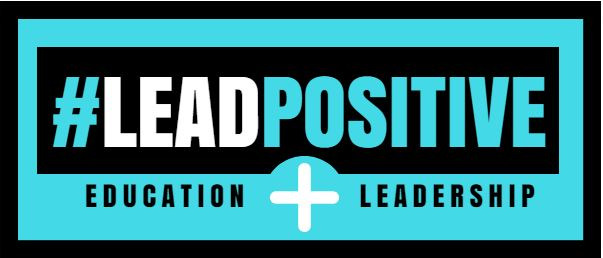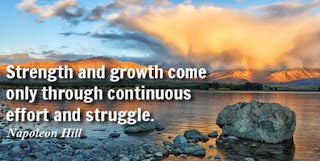Participating in the global, non-traditional book study, the Innovator’s Mindset MOOC, was one of the most powerful professional learning approaches. George Couros reminds us in The Innovator's Mindset that we need a "shift in learning to create a shift in thinking." The #IMMOOC did just that. In addition to reading the book, Couros and Katie Martin facilitated five weekly sessions around the book which included the following:

- a live YouTube feed with practitioners;
- a reflective piece;
- a personalization of the content; and
- collaborative dialogue with others.
The YouTube feed was later posted for others to watch if they could not attend the live sessions. During the broadcast, viewers could message as well as tweet about their learning, thoughts, suggestions, and questions. This kept participants engaged in the learning. Participants were then asked to do a reflective piece on the section. These started as videos, but creativity and innovation sparked; reflections evolved to beautiful sketches, presentations, and memes. The next task focused on blogging through prompts and thought-provoking ideas. Not only were people expected to blog, but they were asked to read other blogs posted with the hashtag in Twitter and on the #IMMOOC Facebook group. The social media and hashtag fostered collaborative, inspiring dialogue among practitioners.
This experience has given me ideas to lead my staff and students. We no longer need to be limited by the walls of our classrooms and buildings. The world is endless with possibilities. We can tap into countless resources, experts, peer groups across our nation and around the world. If I want my teachers to take these types of risks, I need to model it, encourage them, and create an environment where it is not only acceptable to do something different but expected. This also means that failure, reflecting, and growing are a part of that culture.
Thank you, George Couros, for leading by example, your thought-provoking book and ideas, and your countless support to practitioners around the world. #LeadPositive












